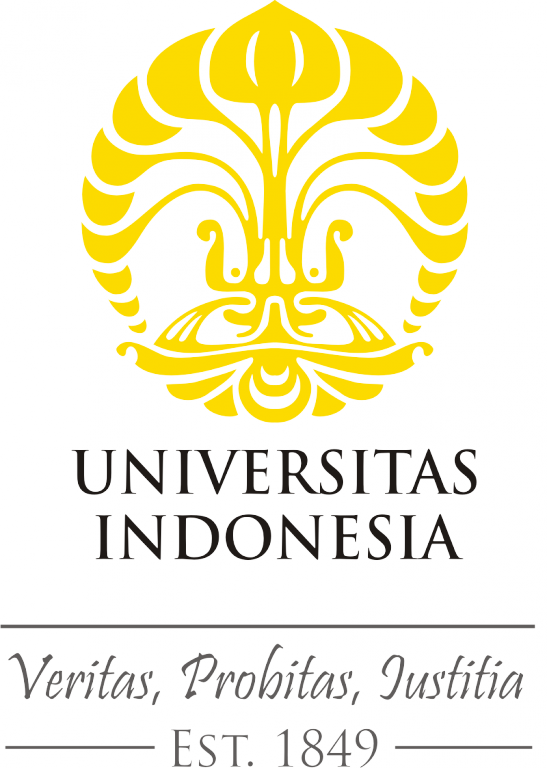Tidak ada review pada koleksi ini: 42860
ABSTRACT
The spatio-temporal clustering approach is being utilized in analyzing spatial and temporal
data objects without knowing the class label. The clustering techniques may vary. There is a
spatio-temporal clustering based on the data density, and later on this technique is improved in
enhancing its time complexity by developing the grid based clustering. Further more, there is
also the combination of both the density based and grid based clustering.
In this research, a grid density based for spatio-temporal clustering is developed. A specific
cube terminology used in this research regarding the data structure, since the cube represents a
data point in 3 dimensional data, the spatial dimension (X and Y) and the temporal dimension.
The proposed algorithm in this research is first Spatio-Temporal Grid Density based clustering
algorithm (ST-AGRID) and later on this algorithm is improved and become Improved Spatio-
Temporal Grid Density based clustering (IMSTAGRID). The concept of this algorithm is
adapted from the n dimensional data clustering AGRID+. The evaluation of IMSTAGRID
algorithm is utilizing several data sets. The first spatio-temporal data set is the daily tuna fishing
data. The second is the hurricane data set with known class label. The spatio-temporal sintetic
data set 1 which is random data with 5 clusters generated with Gaussian distribution in each
centroid and the last is the spatio-temporal sintetic data set 2 which is spread random data. In
this research a comparison performance between IMSTAGRID against the benchmarking
algorithm (ST-DBSCAN, AGRID+, ST-AGRID) have been done.
Based on the evaluation result from IMSTAGRID algorithm and the 3 other algorithms,
IMSTAGRID gain more accuracy in clustering the data based on the class label cluster, in
addition, the IMSTAGRID clustering is also more efficient compared with other 3 other
algorithms. For dispersed spatio-temporal data (daily tuna fishing data, hurricane data and
sintetic 2 data) IMSTAGRID yielded best Silhouette Index with small interval (L) while for
grouped spatio-temporal data, IMSTAGRID provide best Silhouette Index with large interval
(L). The theta parameter can be tuned suited to the requirement so that the value of DT (Density
threshold) in determining a cluster is well defined. The following is the IMSTAGRID
performance result utilizing the hurricane data set, the accuracy of ST-DBSCAN is 38.36%,
the accuracy of AGRID+ is 76.13%, the accuracy of ST-AGRID is 78.66% and the accuracy
of IMSTAGRID is 82.68%.
The implementation of IMSTAGRID algorithm in study of classification and prediction of tuna
potential fishing zones acts to provide the ground truth label of tuna fishing ground. The target
classes are potential dan non potential area. The proposed framework consists of pre-processing
data, acquiring ground truth label data with IMSTAGRID clustering, integrating
oceanographic data (sea surface temperature, chl-a, salinity, and ocean current) with the
potential tuna fishing data. The result of the data integration process is divided into 2 parts, the
training data and the testing data. From the proposed classification framework yielded 87.11%
of accuracy with Kappa value 0.93. the classification framework is outperformed the Heurictic
Rule technique from Model Knowledge-based Expert System with accuracy 84.71% and
Kappa value 0.91. Meanwhile for the proposed prediction framework yielded accuracy 77.38%
and Kappa value 0.18. The accuracy for prediction without IMSTAGRID clustering for the
actual class label shows 44.44% with Kappa value 0.15. This result shows that the IMSTAGRID clustering for actual class label provides better accuracy compared with the
aggregat technique for actual class label.
Keywords : Improved Spatio-Temporal Cube Density Clustering (IMSTAGRID), spatiotemporal
clustering, grid density based clustering, spatio-temporal, tuna potential fishing
zones, prediction, classification, ST-DBSCAN, AGRID+, ST-AGRID.


